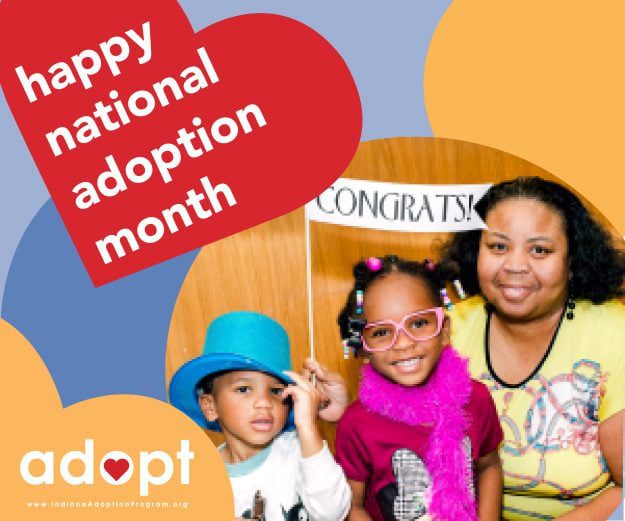Hank Aaron hit an incredible 755 home runs in his Major League career.
He added 2,257 runs batted in and a gaudy 1,477 extra base hits. But is that total correct? Can it be without including the numbers he complied for the Indianapolis Clowns in 1952 before he joined the Milwaukee Braves organization later that year?
Willie Mays, often referred to as the greatest all around player the game has ever seen, hit 660 home runs and drove in more than 1,900 runs. But those statistics do not include what he accomplished with the Birmingham Bulls from 1947 to 1950. If you ask Major League Baseball as I did, you will find that the aforementioned statistics are simply not recognized due to the fact that those were not MLB teams, even though historians tell me that the quality of play was indeed just as stellar.
While there are 35 members in the MLB Hall of Fame representing the Negro Leagues, none of the statistics of the players inducted are present in the annuals that comprise what are considered the “official” statistics recognized today by MLB.
With the 2011 Jerry Malloy Negro League Conference in Indianapolis this weekend, I thought it might indeed be interesting to gauge the opinions of many of those who have chronicled the rich history of the Negro Leagues, and what I found was eye opening to say the least. Larry Lester, an established author and historian, quickly educated me on what some of the more glaring issues are in terms of the omission of Negro League statistics. “There is ample and more importantly, accurate data available for MLB to incorporate if they were inclined” stated Lester by telephone.
Lester who has written several books regarding Negro League Baseball, was part of a distinguished group of researchers to receive a grant funded by MLB and issued by the Hall Of Fame to examine the history of the game with specific emphasis on the statistical data that might be available. “After looking at the statistics for a prolonged period of time, we were able to comprise nearly all of the records for the league with the exception of some of the depression era,” added Lester. “I am both confused and disappointed regarding the exclusion of these records.”
Lester is not alone regarding his thoughts, as James A. Riley the author of the Biographical Encyclopedia of the Negro Baseball Leagues expressed concerns as well.
“I have interviewed over 200 players from the Negro Leagues as well as those in MLB who competed against them,” said Riley. “There is no question that it was quality baseball.”
Riley also brought a few of the variables to light that might have contributed to the opinions fostered by MLB such as the reduced number of games played each season in the Negro Leagues compared to the 154-game schedule MLB played in that era. He also pointed out that many of the teams did not have any members of the press following them on the road and most of the publications writing about the teams were of the weekly format, making it a challenge to provide box scores in a timely fashion.
Despite the findings of Lester and his colleagues, MLB remains steadfast in their view. “While we embrace and honor the rich tradition of the Negro Leagues, the fact remains that these are not MLB statistics and are not recognized accordingly,” said MLB Vice President of Public Relations Matt Borne from his New York office.
“While MLB continues the tribute to this era of baseball, it would not be prudent to incorporate those statistics into ours,” Borne said.
MLB Hall of Fame librarian Jim Gates said, “official Negro League statistics do not exist.” When asked about the 35 members in the MLB Hall of Fame with ties to the Negro Leagues, he said, “Their overall accomplishments and not simply statistical data was used in determining the criteria for their enshrinement.”
Despite the official position of both MLB and the Hall of Fame, it is truly hard to fathom how the data derived from the study did not resonate strongly enough for the inclusion of the data. One baseball writer who asked to remain nameless told me, “It’s almost as if MLB is saying ‘we weren’t there to record it so your account is not official.'”
While joining him in his concerns, one thing is clear; MLB has no plans to recognize the statistics from the Negro Leagues and really feels there is no need to. It should be noted that MLB has been staunch in their campaign to recognize the era and as recently as last week’s All-Star game provided a display regarding the Negro Leagues. They also fund pension plans for various players who competed in the Negro Leagues. An obvious question is if you are doing those things, why wouldn’t you be inclined to recognize the statistical data from the games?
Perhaps Larry Lester said it best in a quote on his web site that says:
“We are drowning in information, but starving for knowledge.”
NOTES: It is apparent that MLB has the information needed to make a logical assessment and incorporate the records. Lester stated he had more than 14,000 box scores and tons of newspaper stories in his data base.
For more information visit www.larrylester42.com.
* * * * *
While I have been critical of MLB on this matter, it is only fair to state they do make concentrated efforts to enhance the diversity of the game of baseball and their organization. From the funding of pensions, to the annual Civil Rights Game, to the revival of baseball in the inner cities, MLB has demonstrated the ability to make an impact. By incorporating statistics from the Negro Leagues they could take their initiatives to an even higher level.
Danny Bridges can be reached at (317) 578-1780 or at Bridgeshd@aol.com.
Danny Bridges is an award-winning journalist and a longtime sports columnist for the Indianapolis Recorder. He covers college, professional sports and especially all things IndyCar racing. He can be reached at 317-370-8447 or at bridgeshd@aol.com.






